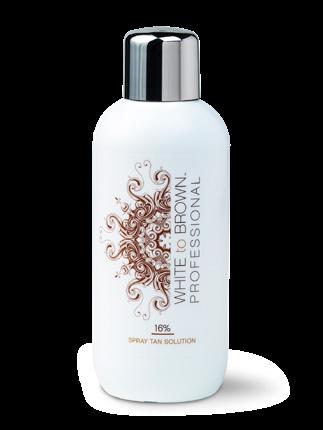Candice Gardner Writes: Year-round UV protection..................................................................................................................
Dermalogica’s Candice Gardner on why SPF isn’t just for summer.
Promoting year-round UV protection A
s we slowly approach spring, the topic of SPF and UV protection will start to come up more frequently in our clinics and skin centres. Whether your customers are trying to escape grey skies and cold weather, make a last quick dash down the slopes whilst there is still snow, or plan for their annual summer vacation, this conversation should not simply revolve around their intermittent exposure, but rather that daylight defence is part of everyday good skin care. Some would argue that sunscreens on a daily basis are simply not relevant to the Irish climate, except at points during the summer or when travelling abroad. Whilst intensity of the UV rays penetrating to the earth’s surface will vary with time of year and your geographic location, it is important to remember that there will always be some level UV radiation.
The UV Index The World Health Organisation developed the UV Index to help provide the public with information about the intensity of the sun, relevant to where they live, so that they can take adequate precautions when exposed to reduce skin cancer risk. Since Ireland has a generally low UV Index value of approximately 1-3 during the winter months, where risk of burning is unlikely in most skins, customers may believe UV protection is simply not necessary. Whilst burning increases skin cancer risk significantly, we now understand that skin damage and skin cancer are not only reliant on burning. Years of accumulative effect interjected with short bursts of extreme intermittent exposure during summer and summer holidays results in premature skin ageing and some surprisingly high skin cancer statistics despite the climate. Around 5% of UV rays are high intensity UVB rays, responsible for burning skin and are the main consideration in the UV Index. They may be less prevalent dependant on the time of year and level of cloud cover, which means most skins are unlikely to burn at these times. The other 95%, the UVA rays, have a longer wavelength allowing them to penetrate deeper into the skin. Prolonged UVA exposure can lead to hyperpigmentation, wrinkles, and skin cancer, even though there is no burning. The cumulative effect of UVA damage is what makes it imperative for clients to wear sunscreen daily. Candice Gardner is Education Manager – Digital and Content at The International Dermal Institute and Dermalogica (www.dermalogica.ie).
40








